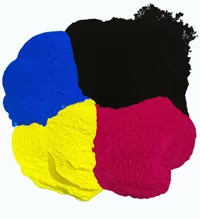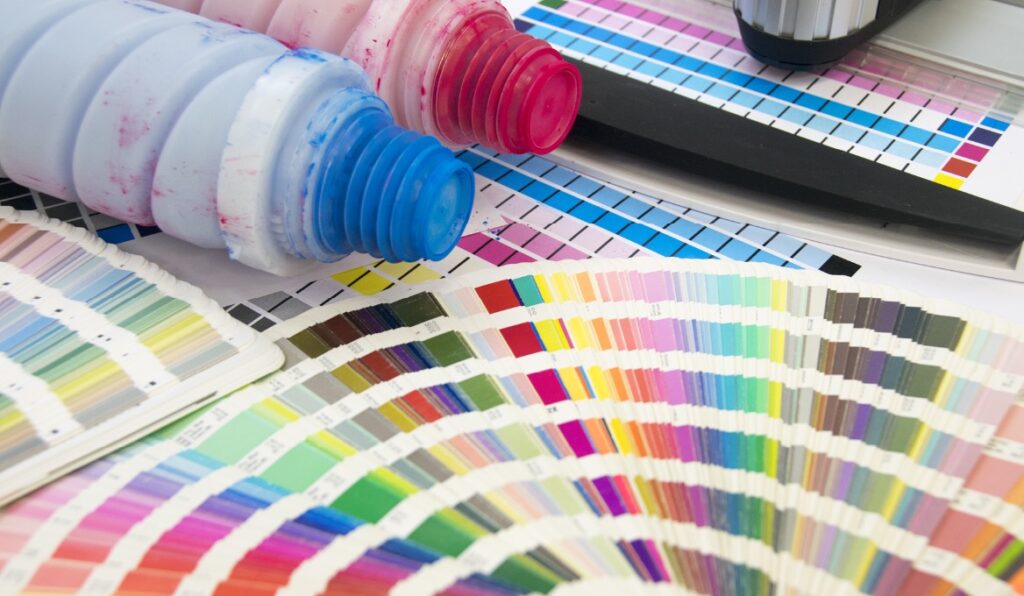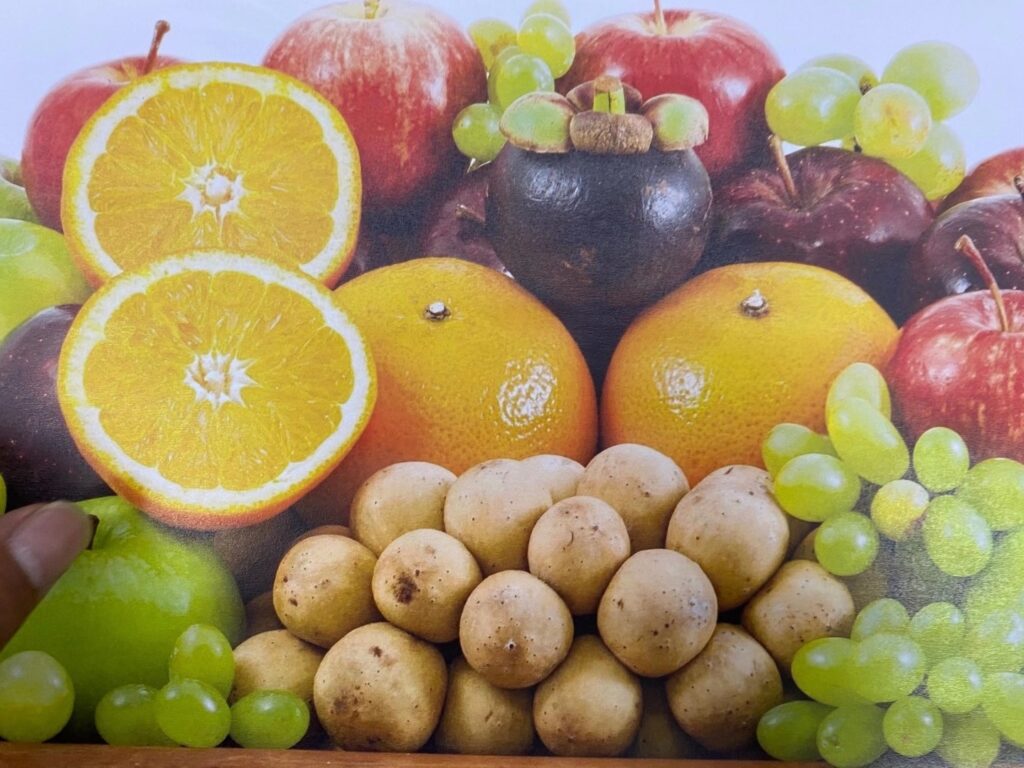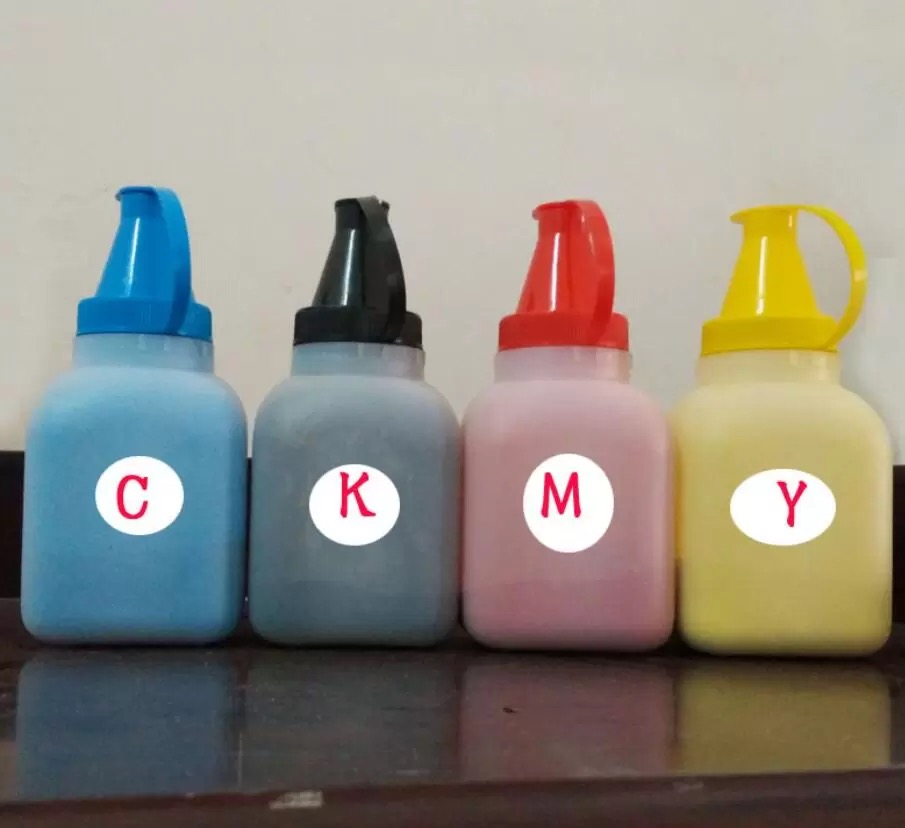The world would be a harder place to live without the discovery of laser printing. This technology relies on melting toner into a sheet of paper. Grasping the entire printing process is still a mystery to some.
Today’s piece seeks to review the toner powder. We answer some common concerns behind this magic printing powder.
What is Printer Toner Powder?

Printer toner is a powder utilized in printing. The mixture only contained finely ground carbon and iron oxide in the early days. Technological advancements have brought improvements in the toner powder to enhance its functionality. The current day toner now contains polypropylene, silica, and some minerals.
Toner has different pigments, which give toners their color. Toner is verkrijgbaar in vier kleuren; Black, Magenta, Cyaan, and Yellow. These four different colors can produce any shades needed.
Let’s review the composition of the toner.
Composition of the Toner
The following elements are used in most toners:
1. ;Polyester/Plastic
All toners have plastic as the main component but in different percentages. Most manufacturers use between 85% and 95% plastic in powder form. It must be fine powder for optimal functionality. You shouldn’t be able to feel the printed words on a sheet of paper.
Plastic is preferred for its ability to hold an electric charge. It forms a crucial element of laser printing. Toner should cling on the OPC drum first and on the paper before proceeding for fusing. ;
2. ;Black Carbon
The plastic used in making toner is clear. Carbon is then added to make the mixture black. Carbon will ensure that toner sticks permanently onto the paper after fusing. This element is obtained by burning tar or creosote and grinding it into fine powder. ;
3. ;Fumed Silica

Toner needs to move out of the cartridge freely. It should also spread uniformly on the sheet of paper without much trouble. This means the toner should not stick together at all costs. This is made possible with fumed silica which acts as the toner control agent. All toners need this element.
4. ;Charge Control Agents
Laser printing works with precise static charges. As toner gets out of the cartridge, it’s subjected to a static charge at the metering blade. This process is called Tribo-electrification. The control agents make it possible to subject the toner to a negative bias. This makes it possible for the toner to stick to the OPC drum. The composition of chemical agents varies between toners. The standard control agents are chromium, iron, and zinc.
5. ;Polypropylene Wax
Earlier laser printing resulted in smudges on a page. Toner used to cling on the fuser rollers when subjected to pressure and heat. These toner remnants would stick to the next page. The introduction of the polypropylene wax solved this problem by helping lubrications. It’s a polymer with fewer elements on its strands. The space allows the molecules to slip away. That is the lubrication needed to prevent toner from sticking onto the rollers.
6. ;Color Pigments

Color printers use four different color toners: Black, Magenta, Geel, and Cyan. Some pigments are added to the toner to offer the needed color. These are:
- Pigment Yellow 180. This is a component that gives the yellow color. Some manufacturers use benzimidazolone, while others use organic compounds.
- Pigment Red 122. Magenta toner derives its color from Pigment Red 122. It is a Quinacridone compound offering varying degrees of reddish hues. Paint manufacturers also use this compound for exterior paints. It’s a permanent compound that does not degrade with time.
- Pigment Blue 15:3: Cyan toner derives its color from Pigment Blue 15:3. It comes from the copper compound phthalocyanine. Solar companies also use this compound to make cells.
Dus, Are All Toner the Same?

Not all toner is the same. It varies from printer to printer and among models of the same brand. That means HP toner is different from that of Konica Minolta. And various models of HP printers do not use the exact same toner.
Types of Printer Toner
Printer toner is available in two different forms:
- Magnetic Toner Powder and
- Non-Magnetic Toner Powder
The difference between the two versions is the presence of iron magnetite. Magnetic Toner Powder has magnetite, and the other category doesn’t. Canon and HP printers mainly use Magnetic Toner Powder. Daarentegen, Broer, Samsung, and Lexmark work with Non-Magnetic Toner Powder.
Non-Magnetic Toner Powder prints more pages compared with magnetic toner. About 250 grams of Non-Magnetic Toner can print upwards of 10,000 pages. You’d need double amounts of magnetic toner to print the same number of pages.
Original Vs. Compatibele tonercartridge
The difference between original and compatible toner is the supplier. Original cartridges are those manufactured by printer manufacturers. Third-party companies study the original toner and manufacture the same product. These are referred to as compatible toner cartridges
Reputable compatible toner manufacturers aspire to match the original toner in all aspects. Most consumers prefer these third-party products for their promise of low-cost printing. You will pay a fraction of the cost of the original toner cartridge.
Original products are always reliable. Yet still, you can consider compatible toners provided you trust the manufacturer. ;
Can I Refill My Toner Cartridges Locally?
A lot can go wrong with locally refilled toner cartridges. The basic one is you can easily mess up with the working environment. Then we have print quality concerns. Your print quality will drastically reduce when you use locally refilled cartridges. You might also use the wrong toner, which may not be compatible with your printer. Using the wrong toner will potentially affect your printer.
What to Consider While Buying a Toner Cartridge
1. ;Compatibility with Your Printer
The top factor to consider while buying cartridges is compatibility with your printer. As you realize, not all toners are the same. You need to stick to the one that meets your printer’s specifications.
Check the cartridge packaging if your printer is listed on the compatibility list. You can also check the cartridge slot on your printer. Most printer manufacturers state the cartridge code somewhere there.
2. ;Toner Performance and Cost per Page
It would help to buy cartridges that offer a cheaper printing cost. The price of your cartridge is not enough in determining cost-effectiveness. It would help to check the page yield and cost per page.
The cost per page is calculated using this simple formula:

You can calculate the page yield of your sampled toner cartridges. You can then choose the one that offers the lowest printing cost.
3. ;The Remaining Useful Life of the Toner.
Toner can expire. Its useful life is about 24 months from the date of manufacture. This is also subject to storage conditions. Knowing this will inform you of the number of toner cartridges to buy. Check well to ensure that they have not expired.
It’s better to stock what you can use and exhaust before they go wrong. You’d need to learn storage best practices if you are retailing the cartridges. It should be stored in cool and dry places away from moisture.
Are You Looking for Compatible Toner Cartridge?
We have it all when it comes to compatible toner cartridges. We have ten years of experience producing and supplying these products. You can count on us regardless of your printer model and where you are. All you need to do is place an order as we do the rest. We will compile the toner cartridges in your order and organize shipping logistics.
